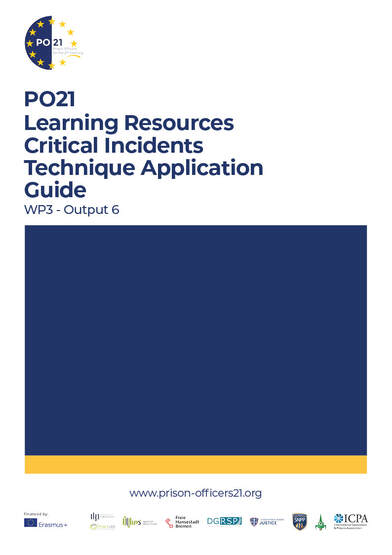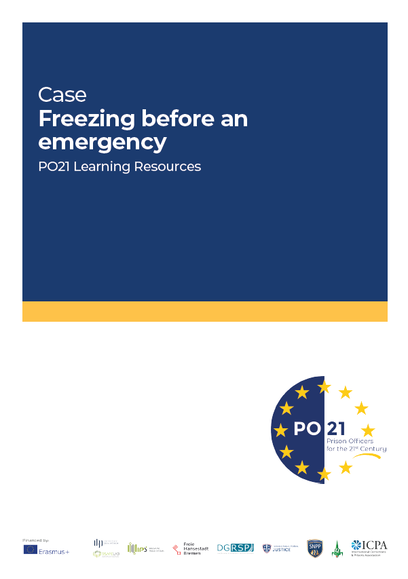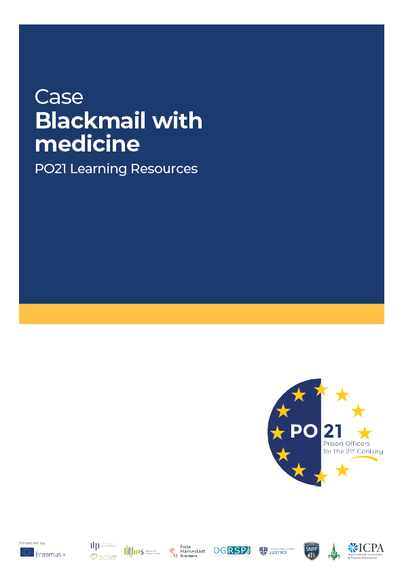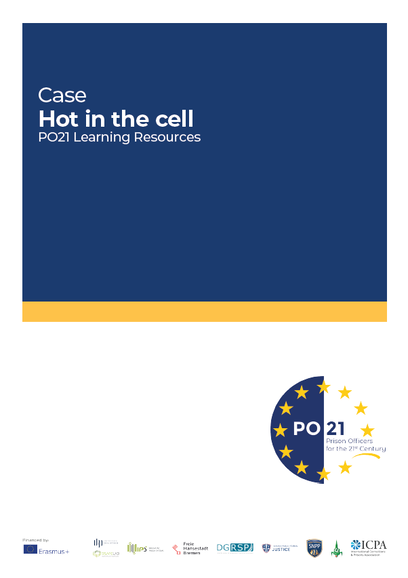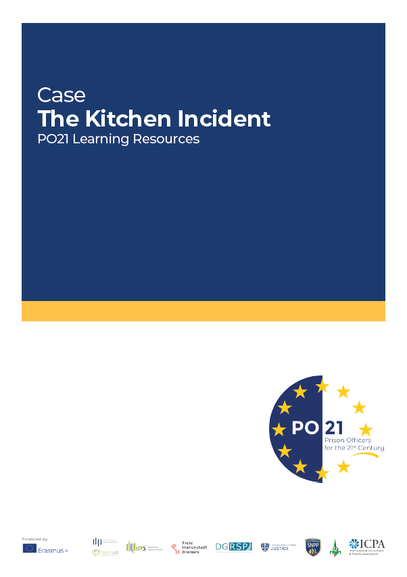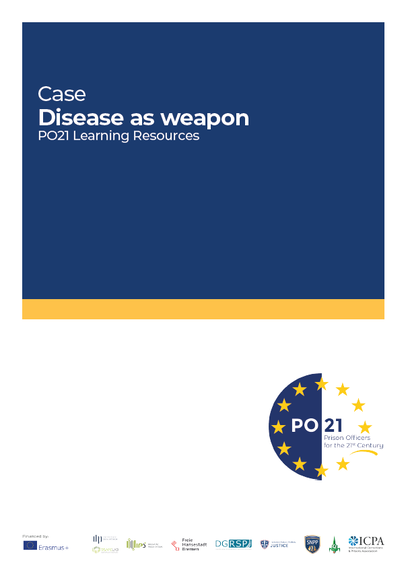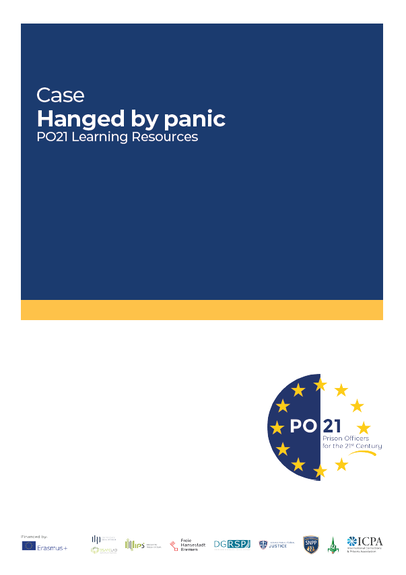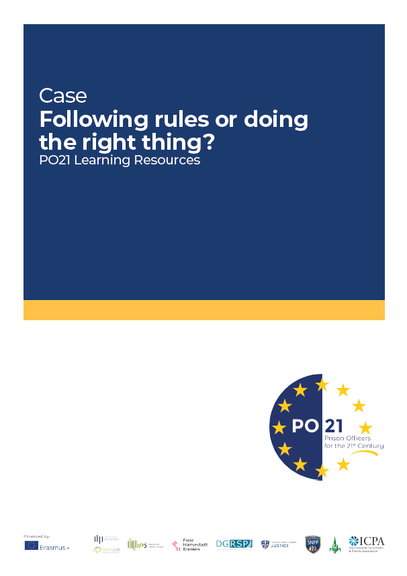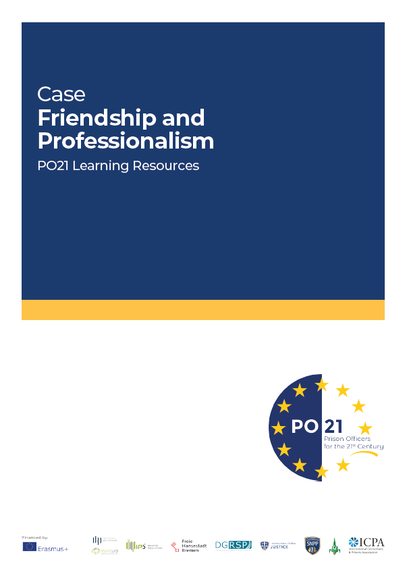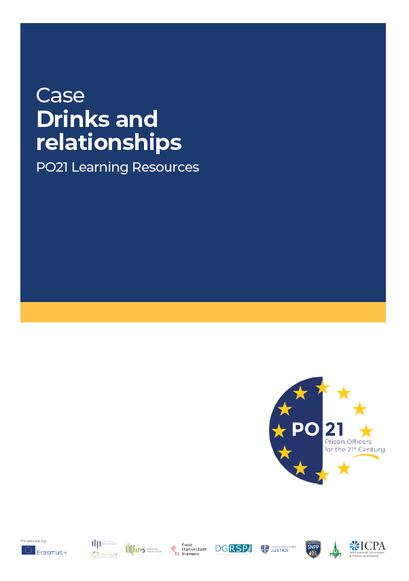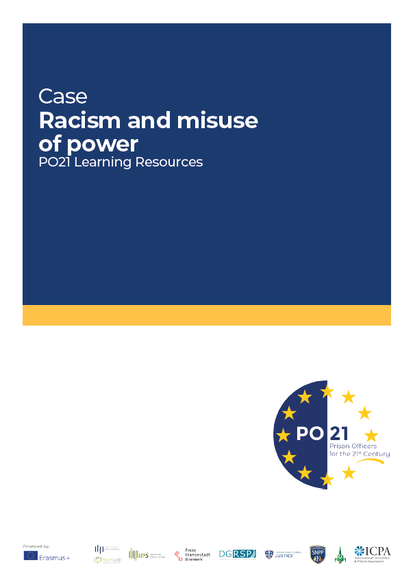Critical Cases
Pedagogical Resources
Learning Resources Critical Incidents
Technique Application Guide
|
The Critical Incidents Technique Application Guide describes the development of Learning Resources using the Critical Incidents technique. A critical incident refers to some event or situation that marked a significant turning point or change in the subject’s life. These incidents are indicatives of underlying trends, motives and structures.
They are often presented as dilemmas in which participants can choose different courses of action. Hence, these incidents aid in maintaining a balance between academic understanding and practice. The critical incident analysis explores deeper to identify the underlying issue that caused strong feelings about a given situation, leading the trainee to reflect upon it in a structured way and consider alternatives for action. The incident is not necessarily a dramatic event but leads to internal reflection and interrogations. It may be common in daily practice, and since it is impossible to reflect upon every event, it is necessary to apply a selective analysis focus. The extent of its application to several fields, including training, is the acknowledgement of the validity and efficacy of this technique, recognised as a method that allows reflection upon meaningful events, feelings and emotions experienced by the subjects who took part in the action. In Prison Officers’ training, this technique provides professional resources to prepare these professionals to deal with complex and dilemmatic situations, fostering reflective and critical thinking and, at the same time, promoting awareness to comply with the legal framework and internal procedures. |
Critical Cases
Pedagogical Resources
Cases
|
These 10 Learning Resources – Cases were designed under the Critical Incidents Technique approach. A case describes unpredictable, unplanned and uncontrolled events that can be defined as compelling moments with enormous consequences for personal development and change and allows individuals to acknowledge previously unknown personal features.
A critical incident can be considered a moment of crisis which can reinforce an attitude, behaviour, or change. Critical incidents are created by the way the observer looks at the situation. It is an interpretation of the significance of the event. To take something as a critical incident is a value judgement made and the basis of that judgement is the meaning attached to the incident. This technique can generate several training resources and be applied in several training contexts. However, it is paramount to define the aim of the activity where the incidents will be used and the specific field of action since the observed behaviour is only meaningful within a specific context. Within the training context, a critical incident is a given situation where the behaviour is described so that another observer would describe it the same way. The observable consequences of the behaviour are clear and explicit. These cases can prepare prison officers to respond to these events, providing them with critical thinking and reflective action skills. |

